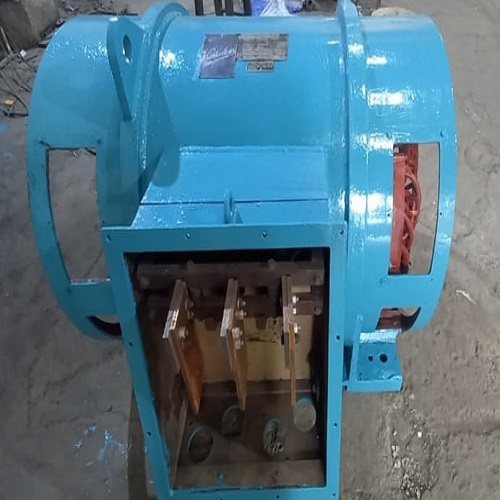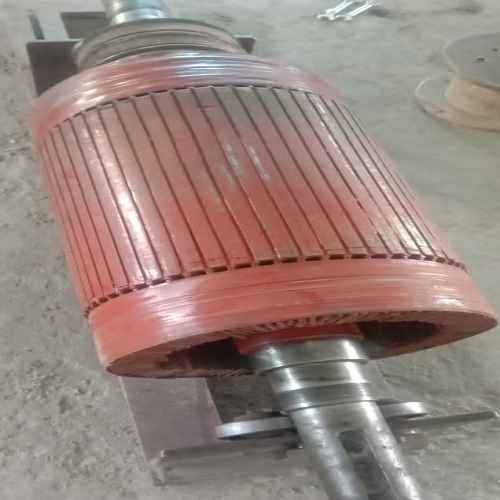Slipring Motors
A slipring motor, also known as a wound rotor motor, is an electric motor that consists of a stator and a rotor. Unlike a standard motor, a slipring motor has windings on the rotor, which are connected to external resistors through slip rings. This unique design provides several advantages in certain applications.
How Does a Slipring Motor Work?
When the motor is started, the rotor windings are connected to the resistors, causing a high resistance in the circuit. This results in a high starting torque, making slipring motors suitable for applications that require high starting torque such as conveyor belts, cranes, and hoists. As the motor accelerates, the resistance in the rotor circuit is gradually reduced by short-circuiting the slip rings, allowing the motor to operate at optimal speed and efficiency.
Applications of Slipring Motors
Because of their ability to provide high starting torque and speed control, slipring motors are commonly used in industrial settings. They are ideal for applications that require smooth acceleration, such as elevators, compressors, and crushers. Additionally, slipring motors are preferred in industries where the load fluctuates significantly, as they can easily accommodate varying torque requirements.
Advantages of Slipring Motors
One of the primary advantages of slipring motors is their ability to provide high starting torque, making them suitable for heavy-duty applications. Additionally, the speed control and smooth acceleration offered by slipring motors make them highly versatile in industrial environments. Another benefit is the ease of maintenance and the ability to withstand harsh operating conditions.
Conclusion
In conclusion, slipring motors offer unique advantages that make them well-suited for specific industrial applications. Their ability to provide high starting torque, speed control, and smooth acceleration sets them apart from standard motors. With their robust design and versatility, slipring motors continue to play a crucial role in various industrial sectors.

